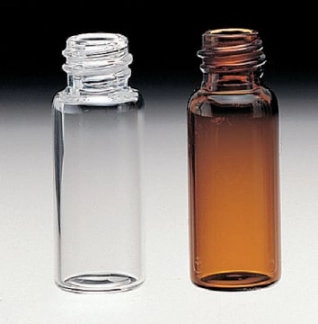{{ isErrorSetToBasket === false ? 'Товар добавлен вкорзину' : 'Не удалось добавить товар в корзину'}}
Перейти в корзину
{{Object.keys(error)[0]}}:
{{Object.values(error)[0]}}
Цена По запросу
Количество
Вы уже добавили максимально доступное на складе кол-во товара
Достигнуто максимально доступное кол-во
Под заказ
{{!!storageProduct ? 'На складе' : 'Под заказ'}}
Ожидается поставка
Description
General description
Programmed cell death 1 ligand 2 (UniProt: Q9BQ51; also known as PD-1 ligand 2, PD-L2, PDCD1 ligand 2, Programmed death ligand 2, Butyrophilin B7-DC, B7-DC, CD273) is encoded by the PDCD1LG2 (also known as B7DC, CD273, PDCD1L2, PDL2) gene (Gene ID: 80380) in human. Three isoforms of PD-L2 have been reported that are produced by alternative splicing. Isoforms 1 and 2 are single-pass type I membrane proteins and isoform 3 is a secreted protein. PD-1 and PD-1 ligands 1 and 2 (PD-L1 and PD-L2) are B7:CD28 family members that regulate T cell activation and peripheral tolerance. When engaged together with the TCR, the interaction of PD-1 with its ligands delivers an inhibitory signal to T cell proliferation and cytokine production. While PD-L1 is broadly expressed in hematopoietic and non-hematopoietic cells, PD-L2 expression is highly restricted to antigen presenting cells (APCs), including dendritic cells (DCs) and macrophages. The PD-1 pathway plays a key role in the progressive loss of effector T cell responses during chronic HIV infection. Under some conditions, blockade of this pathway can restore many T cell functions. PD-L2 is initially produced with signal peptide (aa 1-19) that is removed to produce the mature protein that contains a large extracellular region (aa. 20-220), a transmembrane domain (aa 221-241), and a cytoplasmic tail (aa 242-273).
Specificity
Clone 366C.12.9E5.E10.19.1F8 specifically detects PD-L2 in human cells. It targets an epitope within the extracellular domain.
Immunogen
Epitope: extracellular domain
Recombinant protein fragment corresponding to the extracellular domain of human PD-L2 (as an Ig fusion protein).
Application
Anti-PD-L2, clone 366C.9E5, Cat. No. MABC1120, is a mouse monoclonal antibody that detects Programmed cell death 1 ligand 2 (PD-L2) and has has been tested for use in Immunohistochemistry (Paraffin).
Immunohistochemistry Analysis: A 1:250 dilution from a representative lot detected PD-L2 in human prostate tissue.
Immunohistochemistry Analysis: A representative lot detected PD-L2 in Immunohistochemistry applications (Sridharan, V., et. al. (2016). Cancer Immunol Res. 4(8):679-87; Roemer, M.G., et. al. (2016). J Clin Oncol. 34(23):2690-7; Chong, L.C., et. al. (2016). Blood. 128(9):1206-13; Calles, A., et. al. (2015). J Thorac Oncol. 10(12):1726-35).
Research Category
Apoptosis & Cancer
Target description
30.96 kDa calculated.
Physical form
Format: Purified
Protein G purified
Purified mouse monoclonal antibody IgG1 in buffer containing 0.1 M Tris-Glycine (pH 7.4), 150 mM NaCl with 0.05% sodium azide.
Storage and Stability
Stable for 1 year at 2-8°C from date of receipt.
Disclaimer
Unless otherwise stated in our catalog or other company documentation accompanying the product(s), our products are intended for research use only and are not to be used for any other purpose, which includes but is not limited to, unauthorized commercial uses, in vitro diagnostic uses, ex vivo or in vivo therapeutic uses or any type of consumption or application to humans or animals.
Quality
Evaluated by Immunohistochemistry (Paraffin) in human tonsil tissue.
Immunohistochemistry Analysis: A 1:250 dilution of this antibody detected PD1-L2 in human tonsil tissue.
Other Notes
Concentration: Please refer to lot specific datasheet.
- Related Categories Alphabetical Index, Antibodies, PD-PG, Primary Antibodies clone













